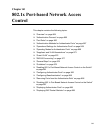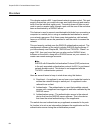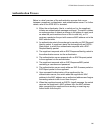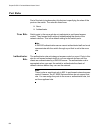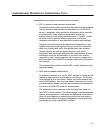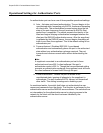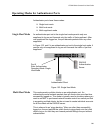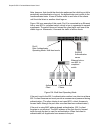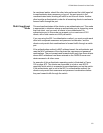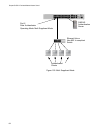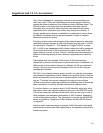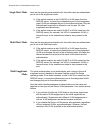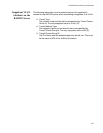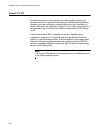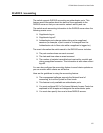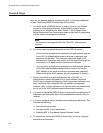AT-9000 Switch Command Line User’s Guide
871
As mentioned earlier, should the client who performed the initial logon fail
to reauthenticate when necessary or log out, the port reverts to the
unauthenticated state, blocking all traffic to and from all clients. Another
client must be authenticated in order for all remaining clients to continue to
forward traffic through the port.
Multi Supplicant
Mode
This mode authenticates all the clients on an authenticator port. This mode
is appropriate in situations where an authenticator port is supporting more
than one client, and you want all clients to be authenticated. An
authenticator port in this mode can support up to a maximum of 320
clients, with a total maximum of 480 per switch.
If you are using the 802.1x authentication method, you must provide each
client with a separate username and password combination, and the
clients must provide their combinations to forward traffic through a switch
port.
If the authentication method is MAC address-based, the authenticator port
uses the MAC addresses of the clients as the username and password
combinations. The port accepts and forwards traffic only from those clients
whose MAC addresses have been entered on the RADIUS server and
denies access to all other users.
An example of this authenticator operating mode is illustrated in Figure
155 on page 872. The clients are connected to a hub or non-802.1x
compliant switch which is connected to an authenticator port on the switch.
If the authenticator port is set to the 802.1x authentication method, the
clients must provide their username and password combinations before
they can forward traffic through the switch.



